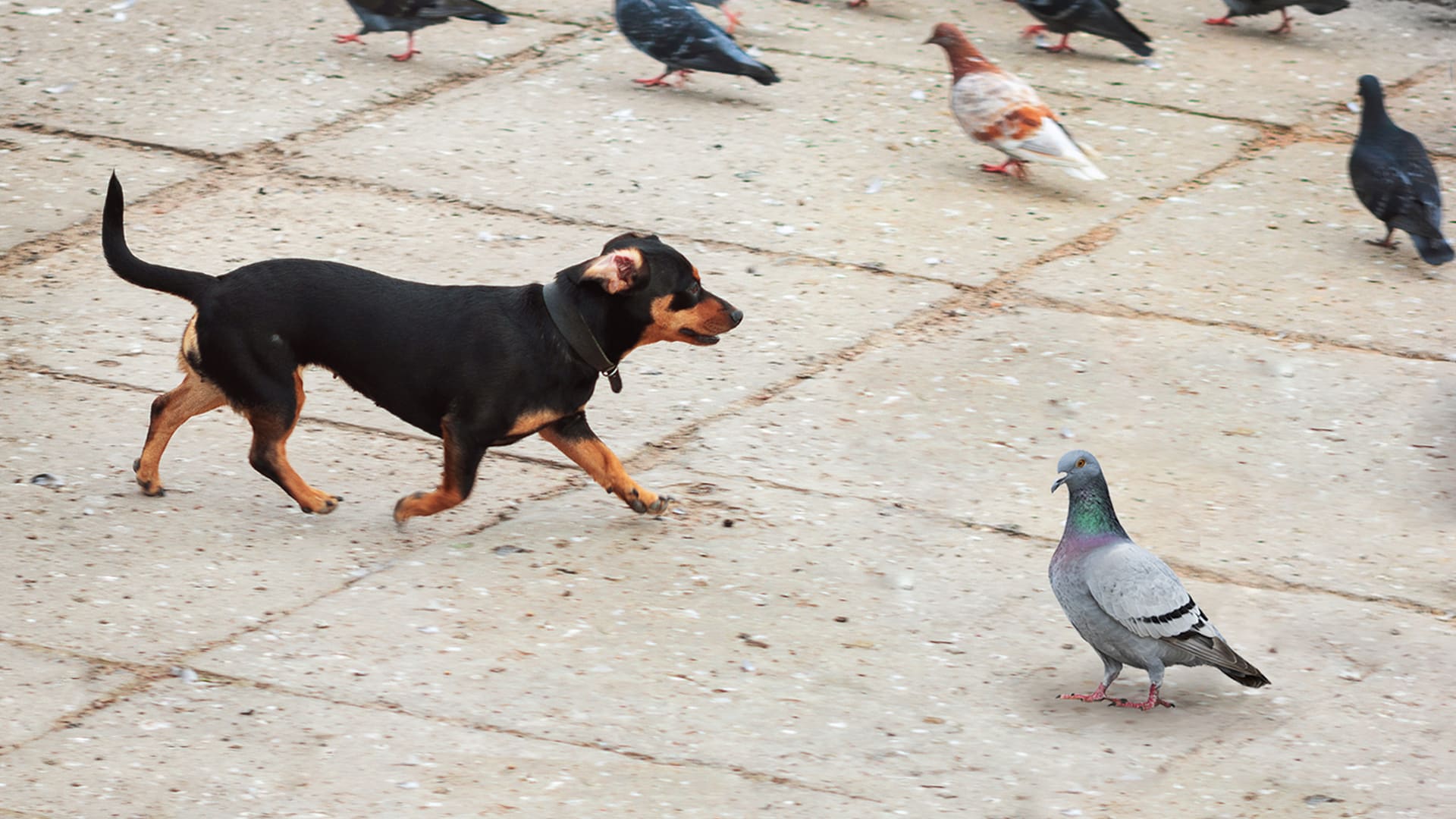Scroll for prep

Please wait…
This video is having trouble loading. You may have lost your Internet connection.
Step 1: Click to Reload this page
Step 2: Click to
Try our other video player
Step 3: contact support if trouble persists.
Or,
dismiss this message.
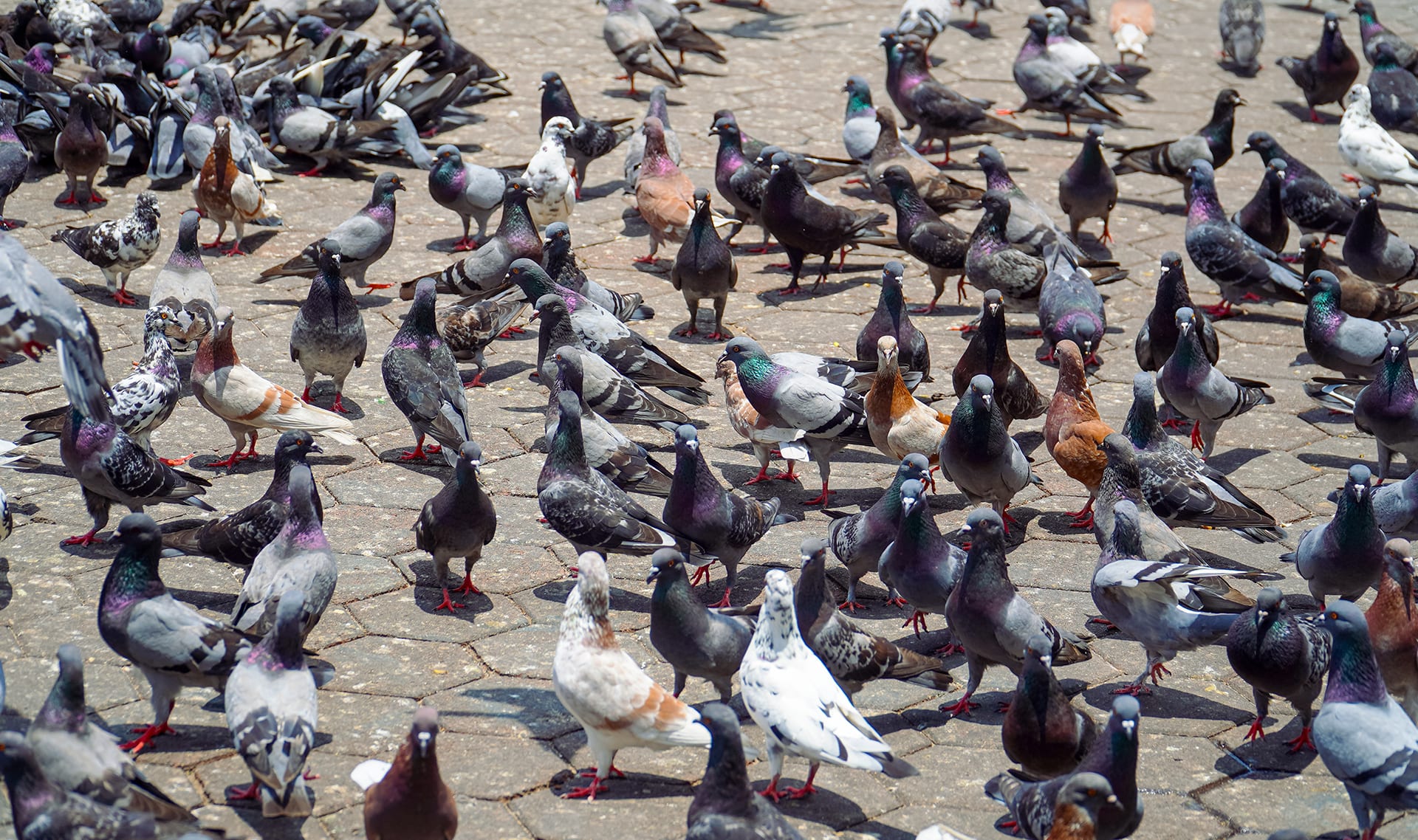
DISCUSS:
What differences can you notice in these pigeons’ traits?
What differences can you notice in these pigeons’ traits?

Please wait…
This video is having trouble loading. You may have lost your Internet connection.
Step 1: Click to Reload this page
Step 2: Click to
Try our other video player
Step 3: contact support if trouble persists.
Or,
dismiss this message.
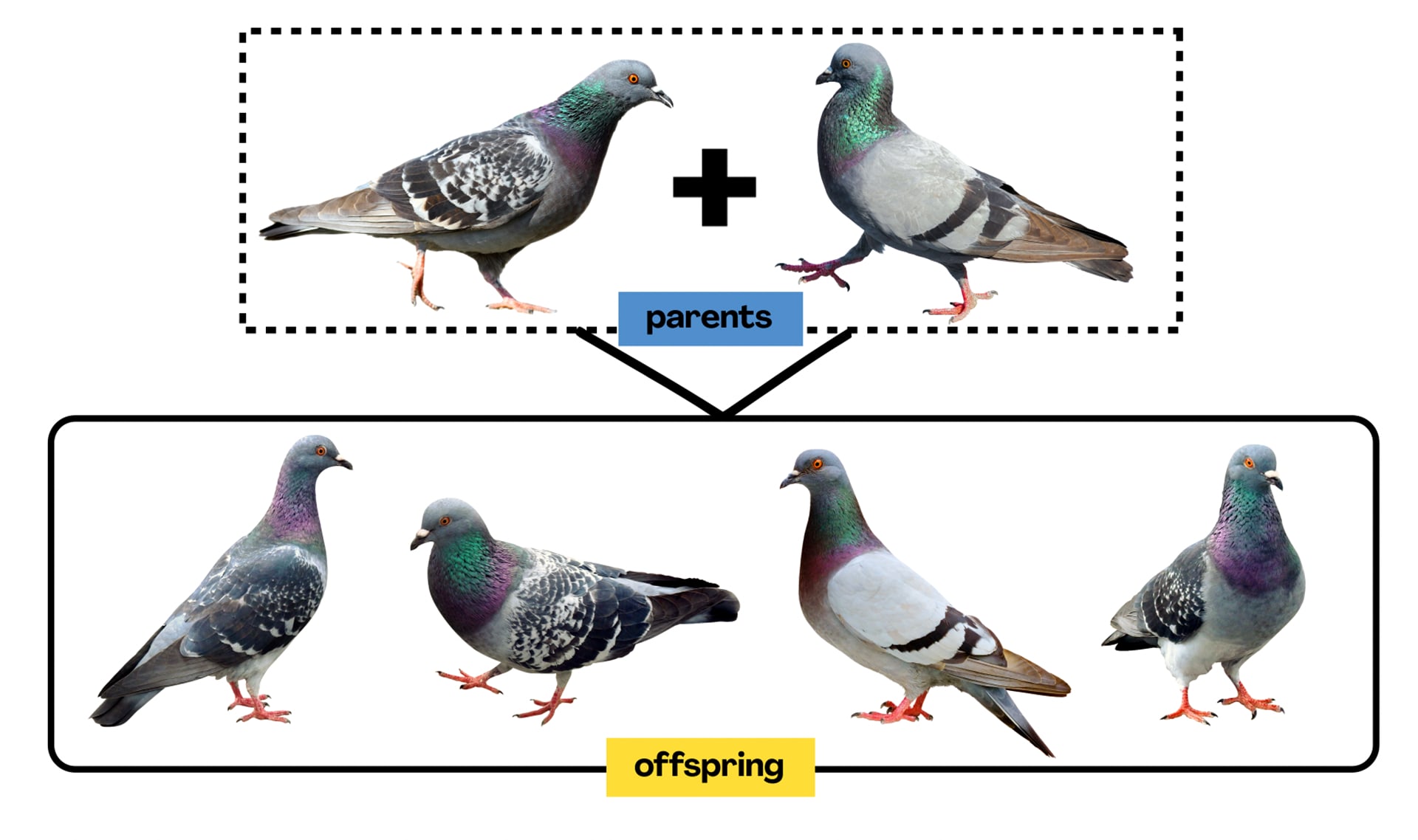
DISCUSS:
Look at these pigeon offspring. Can you find some traits that look more like one parent and some traits that look more like the other parent?
Look at these pigeon offspring. Can you find some traits that look more like one parent and some traits that look more like the other parent?

Please wait…
This video is having trouble loading. You may have lost your Internet connection.
Step 1: Click to Reload this page
Step 2: Click to
Try our other video player
Step 3: contact support if trouble persists.
Or,
dismiss this message.
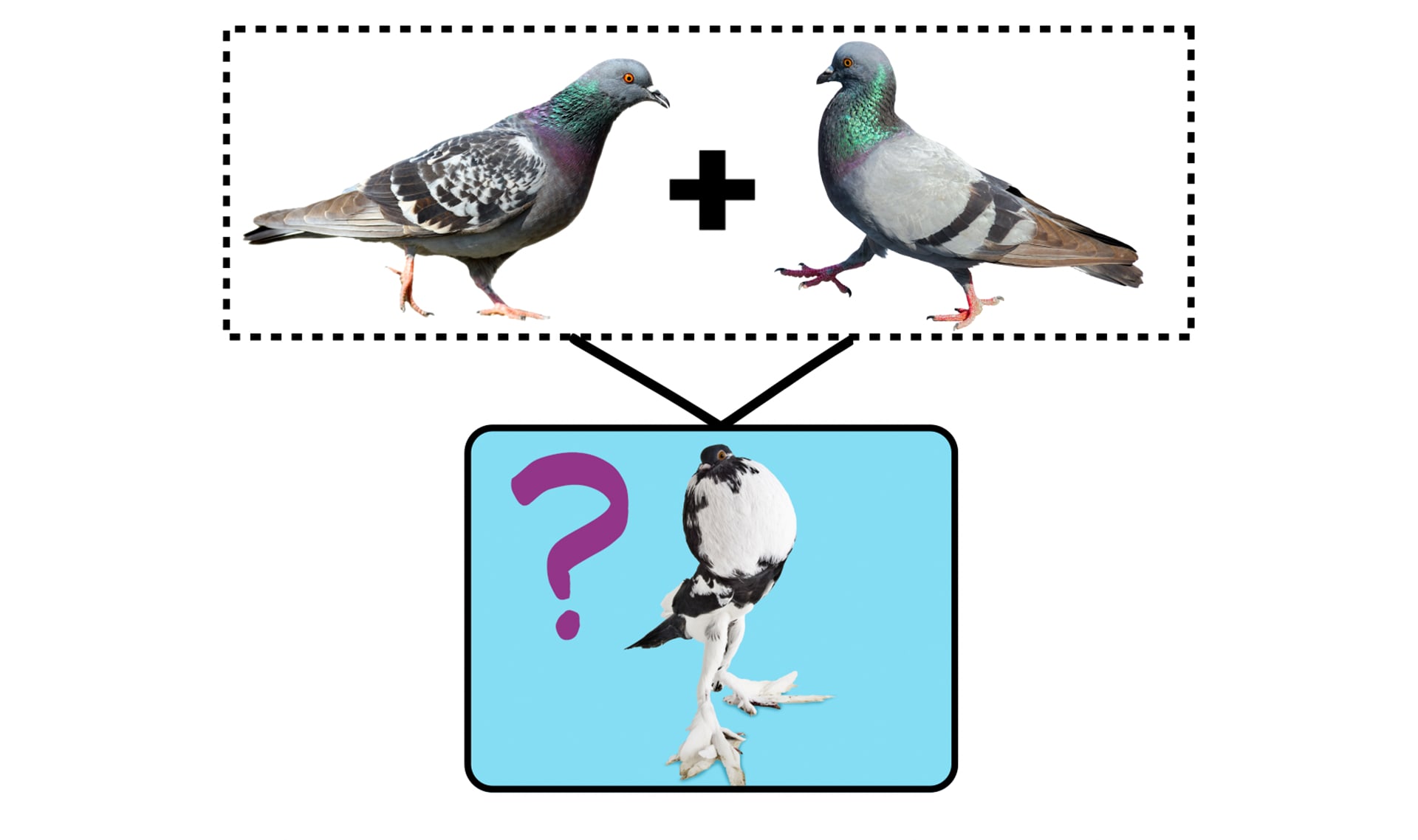
DISCUSS:
Do you think the park pigeons could have offspring that look like this?
Why or why not?
Do you think the park pigeons could have offspring that look like this?
Why or why not?

Please wait…
This video is having trouble loading. You may have lost your Internet connection.
Step 1: Click to Reload this page
Step 2: Click to
Try our other video player
Step 3: contact support if trouble persists.
Or,
dismiss this message.

Please wait…
This video is having trouble loading. You may have lost your Internet connection.
Step 1: Click to Reload this page
Step 2: Click to
Try our other video player
Step 3: contact support if trouble persists.
Or,
dismiss this message.
Step
01/16
01/16
You’ll work with a partner.
Decide who will be Trait Tracker and who will be Similarity Sleuth.
Decide who will be Trait Tracker and who will be Similarity Sleuth.

Please wait…
This video is having trouble loading. You may have lost your Internet connection.
Step 1: Click to Reload this page
Step 2: Click to
Try our other video player
Step 3: contact support if trouble persists.
Or,
dismiss this message.
Step
02/16
02/16
Get your supplies.

Please wait…
This video is having trouble loading. You may have lost your Internet connection.
Step 1: Click to Reload this page
Step 2: Click to
Try our other video player
Step 3: contact support if trouble persists.
Or,
dismiss this message.
Step
03/16
03/16
Cut along the thick black line.
Sleuth: Cut out the 4 parent cards.
Tracker: Cut out the 8 offspring cards & put them to the side.
Sleuth: Cut out the 4 parent cards.
Tracker: Cut out the 8 offspring cards & put them to the side.

Please wait…
This video is having trouble loading. You may have lost your Internet connection.
Step 1: Click to Reload this page
Step 2: Click to
Try our other video player
Step 3: contact support if trouble persists.
Or,
dismiss this message.
Step
04/16
04/16
Carefully observe Charlie’s pet pigeons.
Discuss:
Discuss:

Please wait…
This video is having trouble loading. You may have lost your Internet connection.
Step 1: Click to Reload this page
Step 2: Click to
Try our other video player
Step 3: contact support if trouble persists.
Or,
dismiss this message.
Step
05/16
05/16
Tracker: Glue the Tango & Toto cards into the top two boxes.
Sleuth: Glue the Sonic & Stardust cards into the top two boxes.
Sleuth: Glue the Sonic & Stardust cards into the top two boxes.

Please wait…
This video is having trouble loading. You may have lost your Internet connection.
Step 1: Click to Reload this page
Step 2: Click to
Try our other video player
Step 3: contact support if trouble persists.
Or,
dismiss this message.
Step
06/16
06/16
Tracker: Get the 8 offspring cards and lay them all out on your desk.

Please wait…
This video is having trouble loading. You may have lost your Internet connection.
Step 1: Click to Reload this page
Step 2: Click to
Try our other video player
Step 3: contact support if trouble persists.
Or,
dismiss this message.
Step
07/16
07/16
Look carefully at all the traits of the pigeon offspring.
Try to match each pigeon with the correct pair of parents.
Try to match each pigeon with the correct pair of parents.

Please wait…
This video is having trouble loading. You may have lost your Internet connection.
Step 1: Click to Reload this page
Step 2: Click to
Try our other video player
Step 3: contact support if trouble persists.
Or,
dismiss this message.
Step
08a/16
08a/16
Review how you sorted your pigeon cards with your partner.
Make your final choices about which offspring belong to which
parents.
Make your final choices about which offspring belong to which
parents.

Please wait…
This video is having trouble loading. You may have lost your Internet connection.
Step 1: Click to Reload this page
Step 2: Click to
Try our other video player
Step 3: contact support if trouble persists.
Or,
dismiss this message.
Step
08b/16
08b/16
Here’s what we said.
Check your pigeon families to make sure they look like this.
Check your pigeon families to make sure they look like this.

Please wait…
This video is having trouble loading. You may have lost your Internet connection.
Step 1: Click to Reload this page
Step 2: Click to
Try our other video player
Step 3: contact support if trouble persists.
Or,
dismiss this message.
Step
09/16
09/16
Sleuth: Glue all of Sonic & Stardust’s offspring into the boxes.
Tracker: Glue all of Tango & Toto’s offspring into the boxes.
Tracker: Glue all of Tango & Toto’s offspring into the boxes.

Please wait…
This video is having trouble loading. You may have lost your Internet connection.
Step 1: Click to Reload this page
Step 2: Click to
Try our other video player
Step 3: contact support if trouble persists.
Or,
dismiss this message.
Step
10/16
10/16
Discuss as a class.
Sleuth: Answer question 1 on your Sonic & Stardust worksheet.
Tracker: Answer question 1 on your Tango & Toto worksheet.
Sleuth: Answer question 1 on your Sonic & Stardust worksheet.
Tracker: Answer question 1 on your Tango & Toto worksheet.

Please wait…
This video is having trouble loading. You may have lost your Internet connection.
Step 1: Click to Reload this page
Step 2: Click to
Try our other video player
Step 3: contact support if trouble persists.
Or,
dismiss this message.
Step
11/16
11/16
Discuss as a class.
Sleuth: Answer question 2 on your Sonic & Stardust worksheet.
Tracker: Answer question 2 on your Tango & Toto worksheet.
Sleuth: Answer question 2 on your Sonic & Stardust worksheet.
Tracker: Answer question 2 on your Tango & Toto worksheet.

Please wait…
This video is having trouble loading. You may have lost your Internet connection.
Step 1: Click to Reload this page
Step 2: Click to
Try our other video player
Step 3: contact support if trouble persists.
Or,
dismiss this message.
Step
12/16
12/16
Discuss as a class.
Sleuth: Answer question 3 on your Sonic & Stardust worksheet.
Tracker: Answer question 3 on your Tango & Toto worksheet.
Sleuth: Answer question 3 on your Sonic & Stardust worksheet.
Tracker: Answer question 3 on your Tango & Toto worksheet.

Please wait…
This video is having trouble loading. You may have lost your Internet connection.
Step 1: Click to Reload this page
Step 2: Click to
Try our other video player
Step 3: contact support if trouble persists.
Or,
dismiss this message.
Step
13/16
13/16
Charlie wants her future pigeons to have even more foot feathers.
Discuss:
Discuss:

Please wait…
This video is having trouble loading. You may have lost your Internet connection.
Step 1: Click to Reload this page
Step 2: Click to
Try our other video player
Step 3: contact support if trouble persists.
Or,
dismiss this message.
Step
14/16
14/16
Sable and Doodle had babies together.
Examine the traits of their offspring.
Discuss:
Examine the traits of their offspring.
Discuss:

Please wait…
This video is having trouble loading. You may have lost your Internet connection.
Step 1: Click to Reload this page
Step 2: Click to
Try our other video player
Step 3: contact support if trouble persists.
Or,
dismiss this message.
Step
15/16
15/16
Charlie wants her future pigeons to have even more head feathers.
Discuss:
Discuss:

Please wait…
This video is having trouble loading. You may have lost your Internet connection.
Step 1: Click to Reload this page
Step 2: Click to
Try our other video player
Step 3: contact support if trouble persists.
Or,
dismiss this message.
Step
16/16
16/16
Topaz and Cookie had babies together.
Examine the traits of their offspring.
Discuss:
Examine the traits of their offspring.
Discuss:

Please wait…
This video is having trouble loading. You may have lost your Internet connection.
Step 1: Click to Reload this page
Step 2: Click to
Try our other video player
Step 3: contact support if trouble persists.
Or,
dismiss this message.
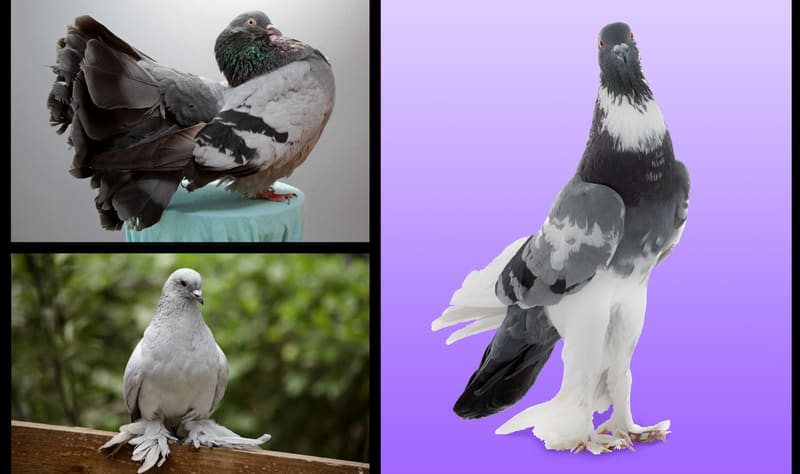
DISCUSS:
Which traits do you think people selected for in each of these pigeon breeds?
Which traits do you think people selected for in each of these pigeon breeds?

Please wait…
This video is having trouble loading. You may have lost your Internet connection.
Step 1: Click to Reload this page
Step 2: Click to
Try our other video player
Step 3: contact support if trouble persists.
Or,
dismiss this message.
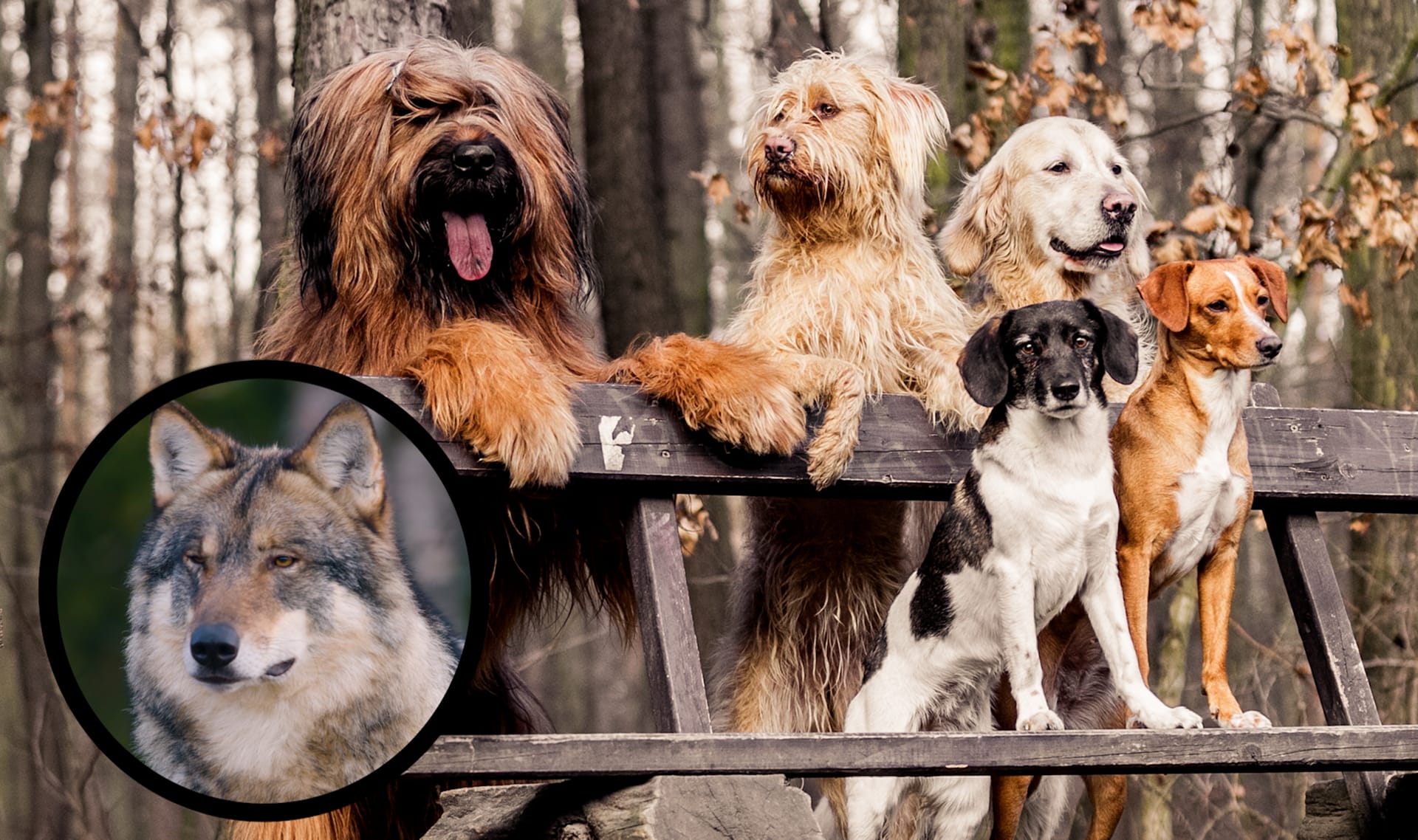
DISCUSS:
How could all these different dog breeds be related to ancient wolves?
How could all these different dog breeds be related to ancient wolves?

Please wait…
This video is having trouble loading. You may have lost your Internet connection.
Step 1: Click to Reload this page
Step 2: Click to
Try our other video player
Step 3: contact support if trouble persists.
Or,
dismiss this message.
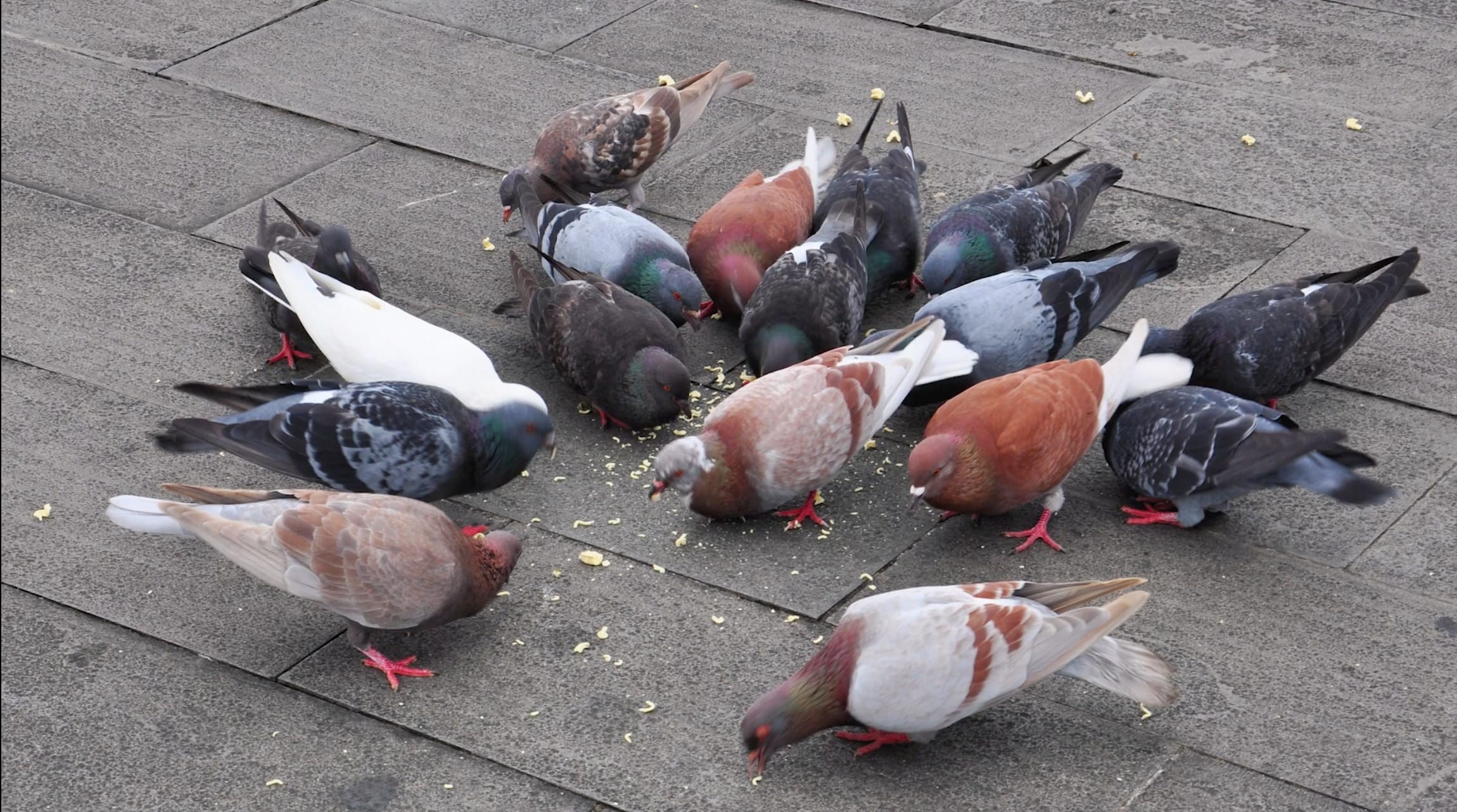
Anchor Connection
In the past lesson, you learned that animals can have different characteristics even
if they are the same kind of animal. Discuss. How are these pigeons different
from each other? Look for as many differences as you can.
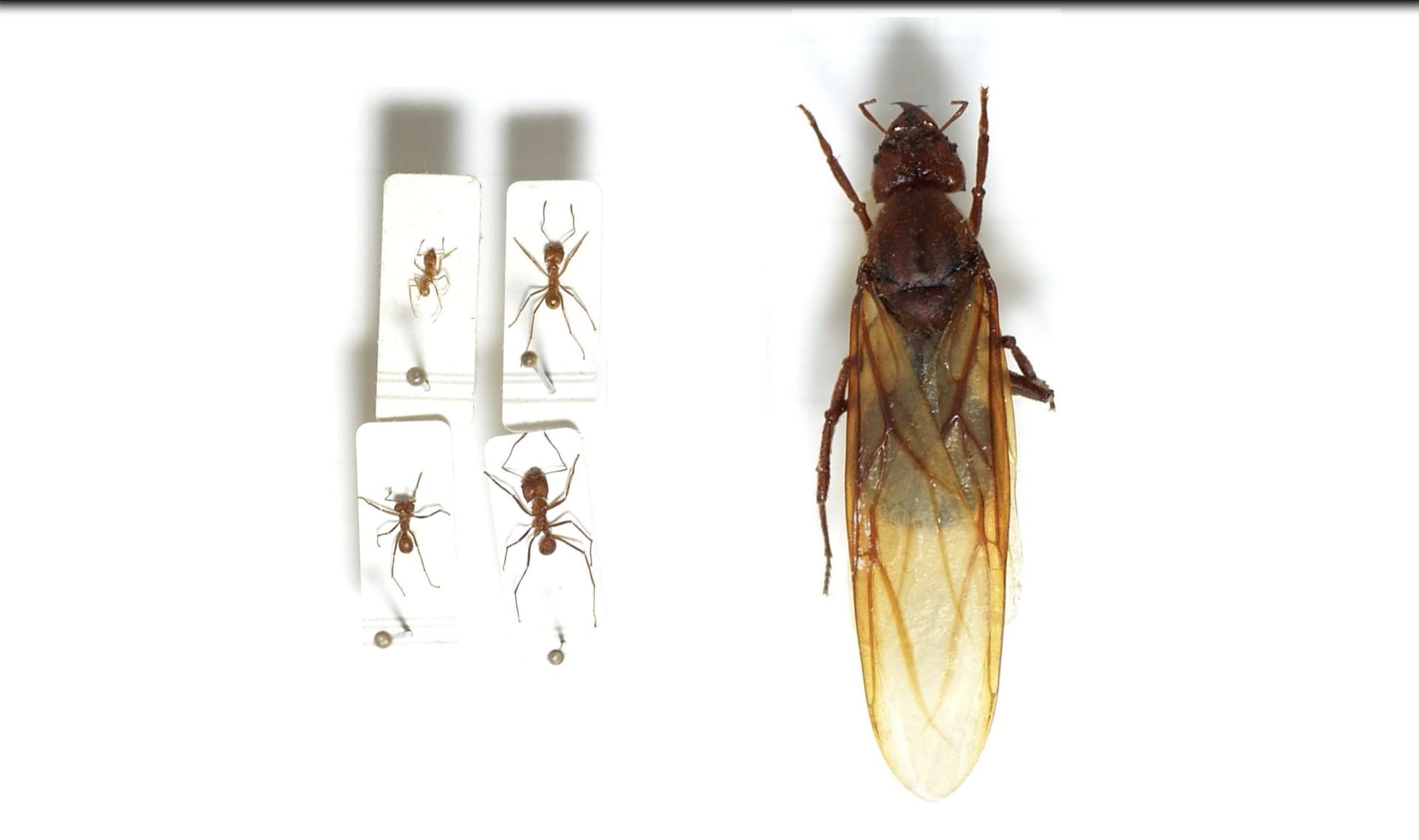
These ants are actually the same kind of ant. They are also all adult ants. None of
these are baby ants. Discuss. What differences do you notice? Why do you think
they look so different?
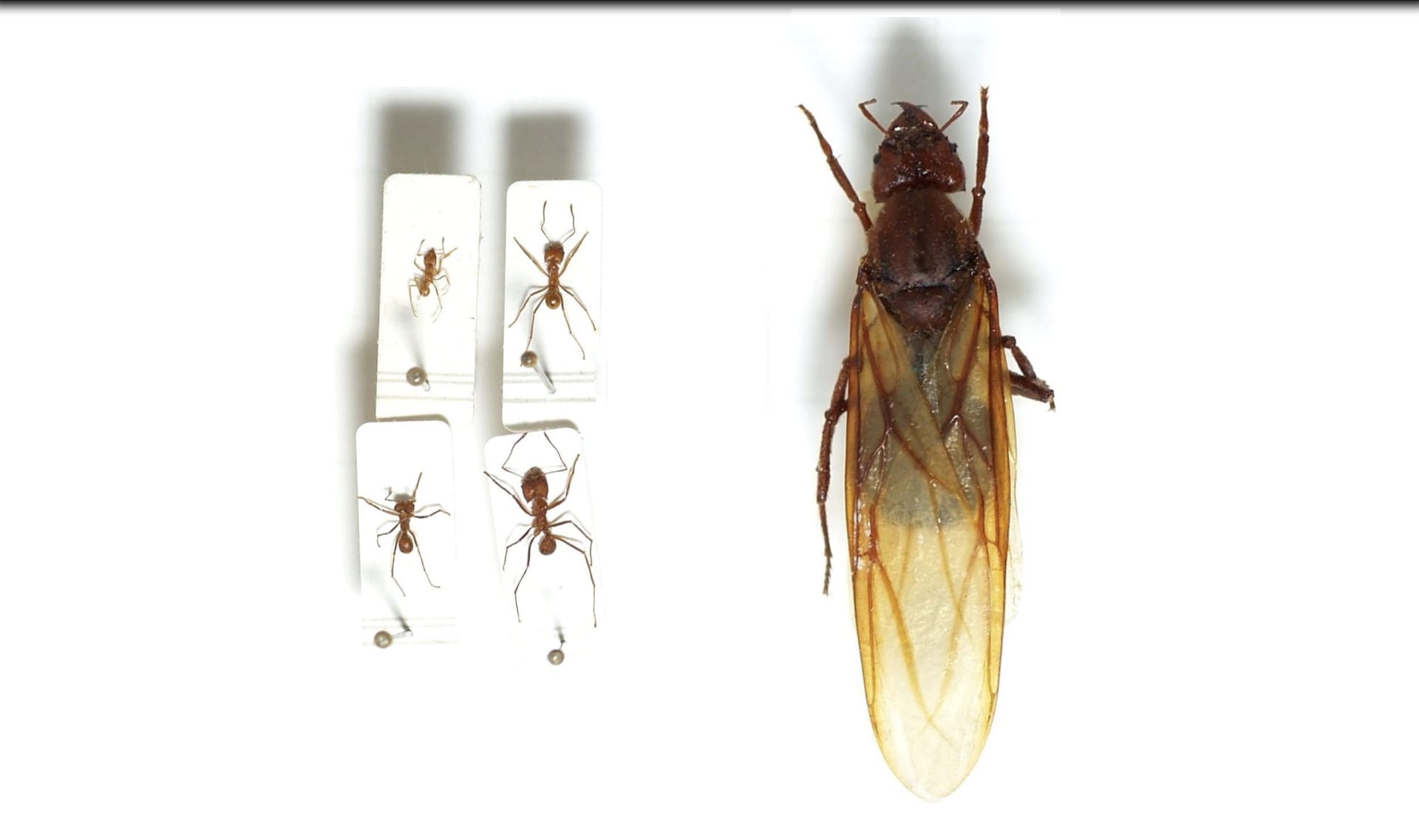
One ant is much larger and it has wings. The other ants are much smaller and don’t
have wings. Even though all of these ants are the same kind of ant, you can see
many differences between them.
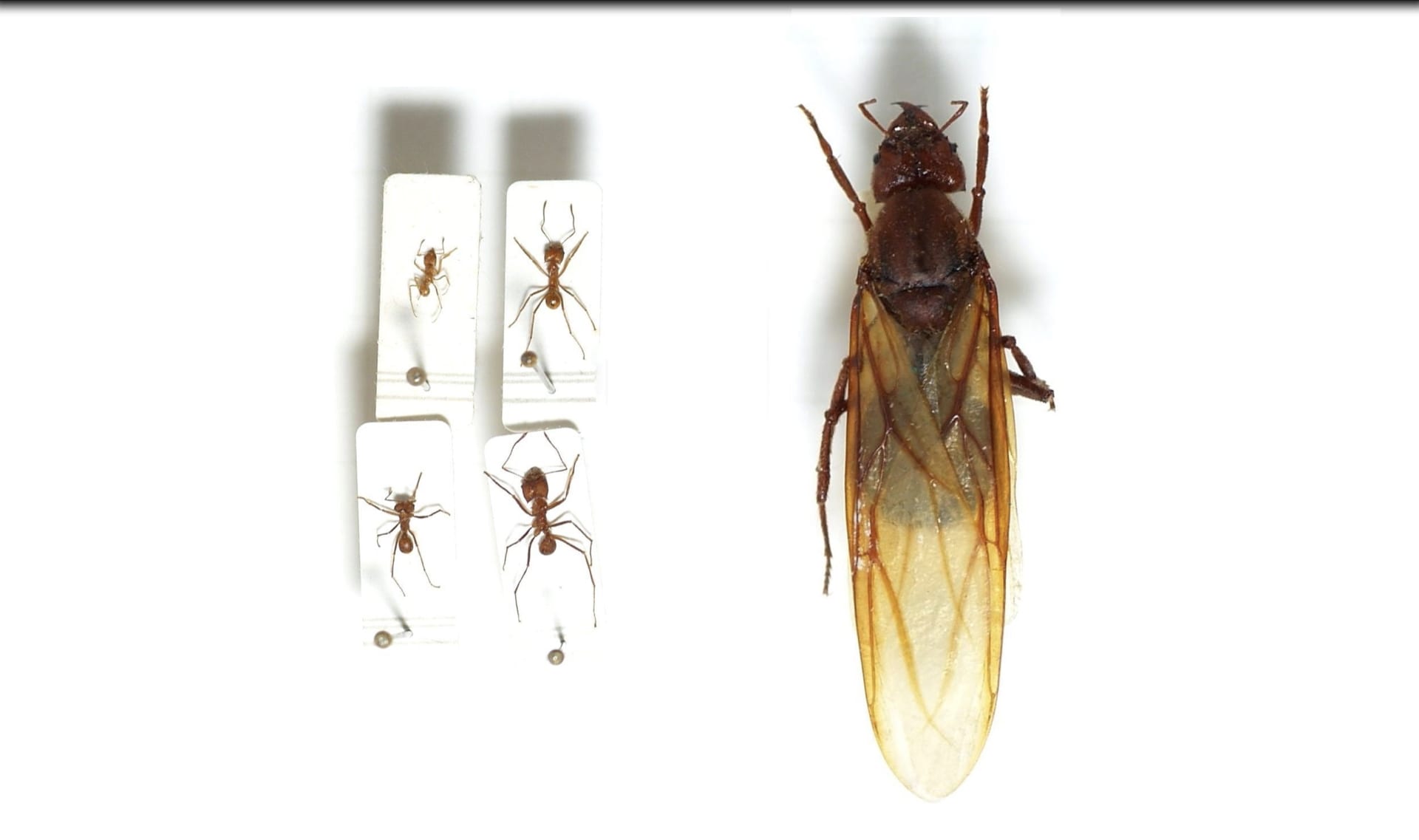
But all of these ants don’t just look different. They also do very different things.
You might already know that the ant with wings is a queen ant, and that she has a
special job. Discuss. What do you think the large ant does that makes her special?
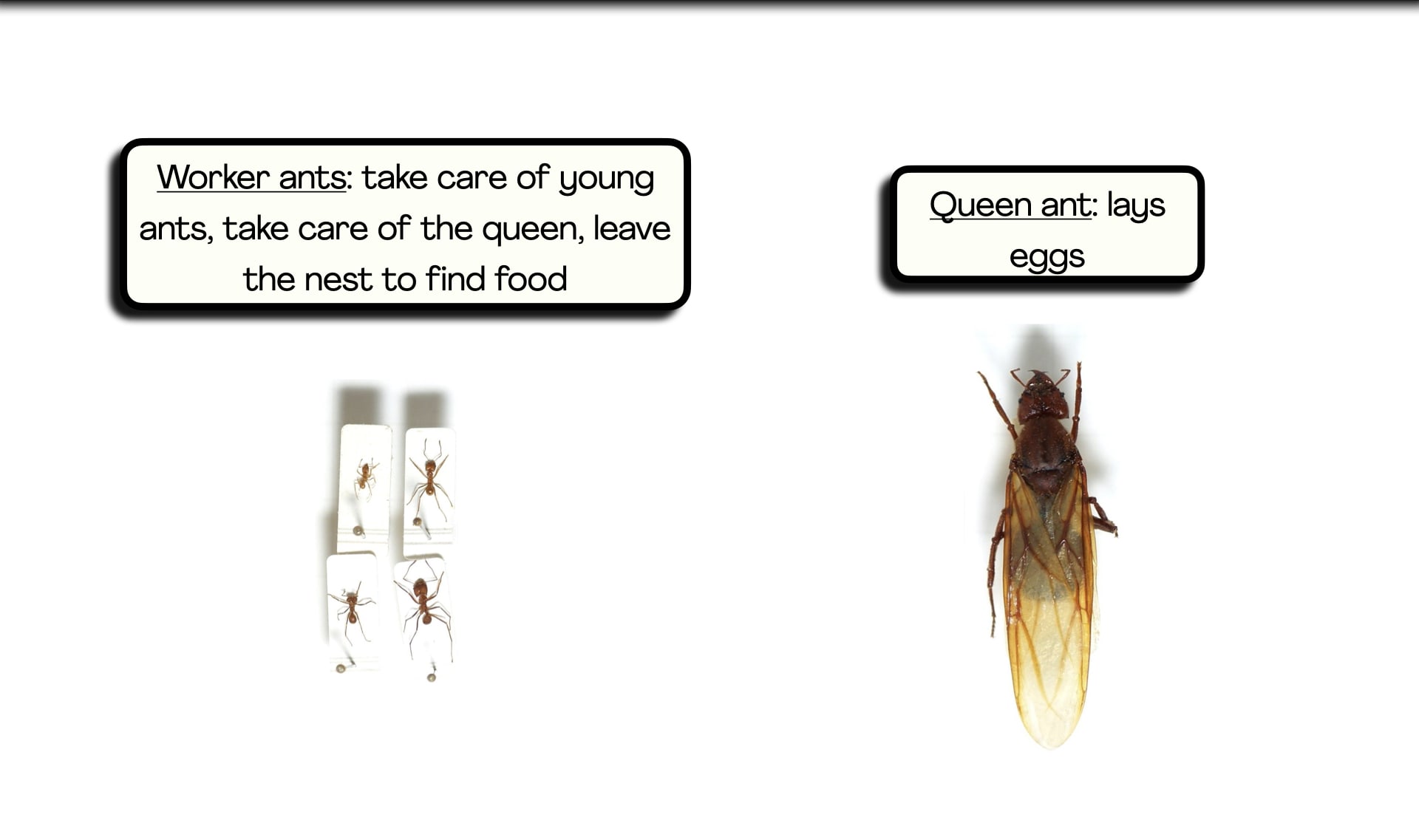
Within an ant colony, different ants have different jobs. Some (but not all) of the
jobs of each kind of ant are shown below. Discuss. How do you think it helps ants
survive if they have different jobs?

The worker ants don’t have to worry about laying eggs, so they can focus on
taking care of all of the ants in the nest, including the queen. The queen doesn’t
need to worry about finding food, so she can focus on laying eggs.
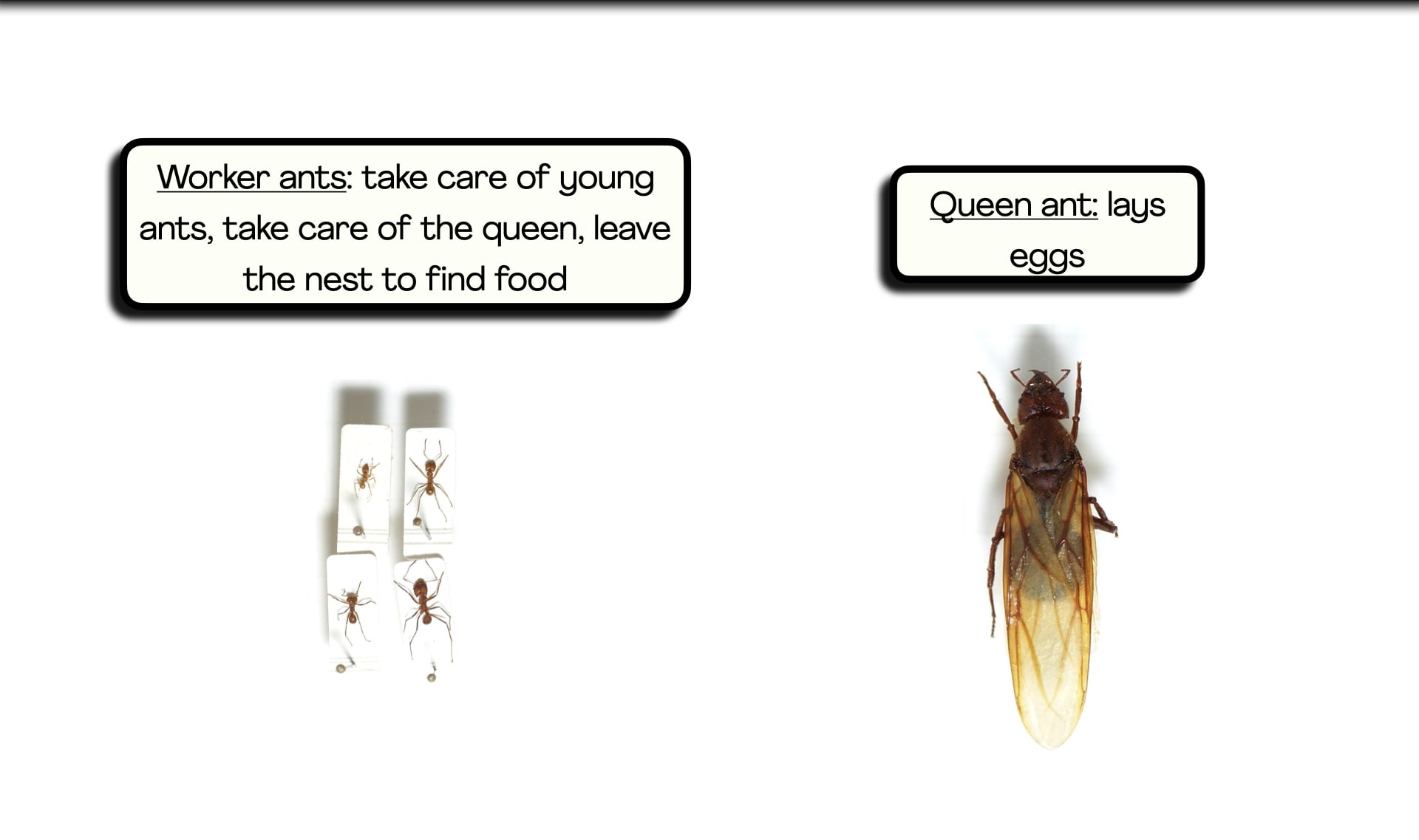
By focusing on different jobs and working together, the ants help each other
survive. People do this, too!
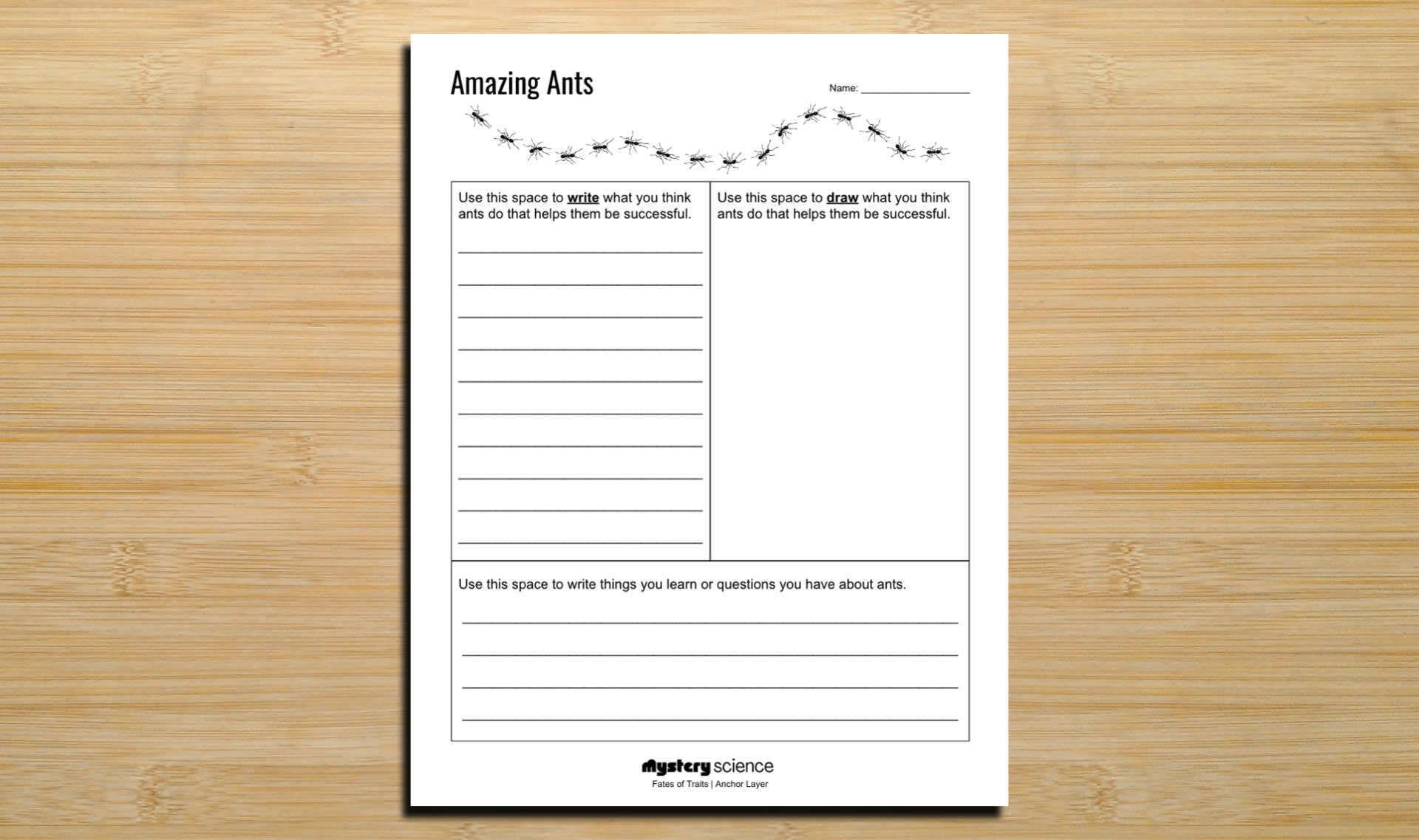
Step
01/03
01/03
Get your Amazing Ants worksheet.
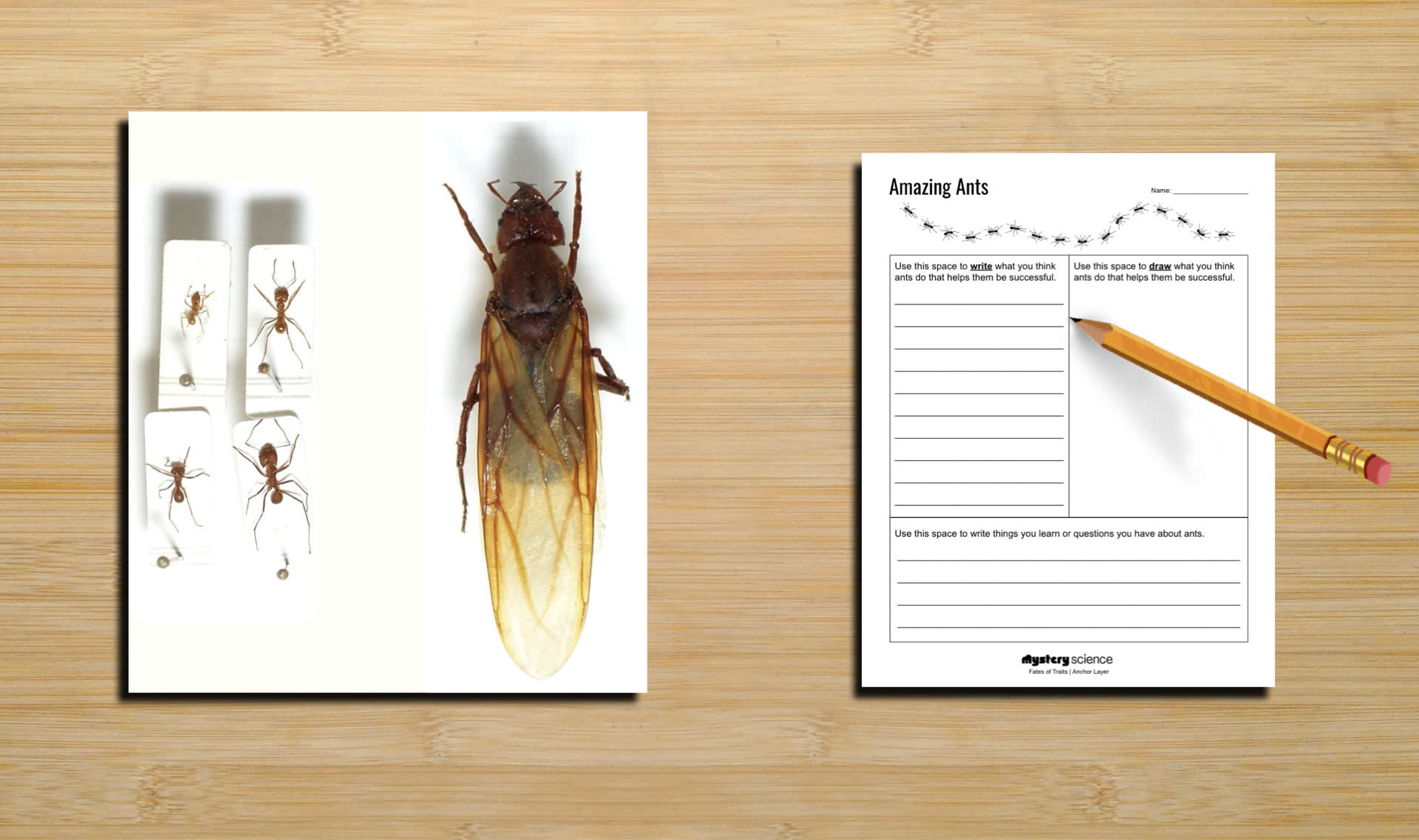
Step
02/03
02/03
Many ants have different jobs. This helps them survive in many
different places. As a class, discuss different ways that you can
update your notes with this information. Then, update your notes.
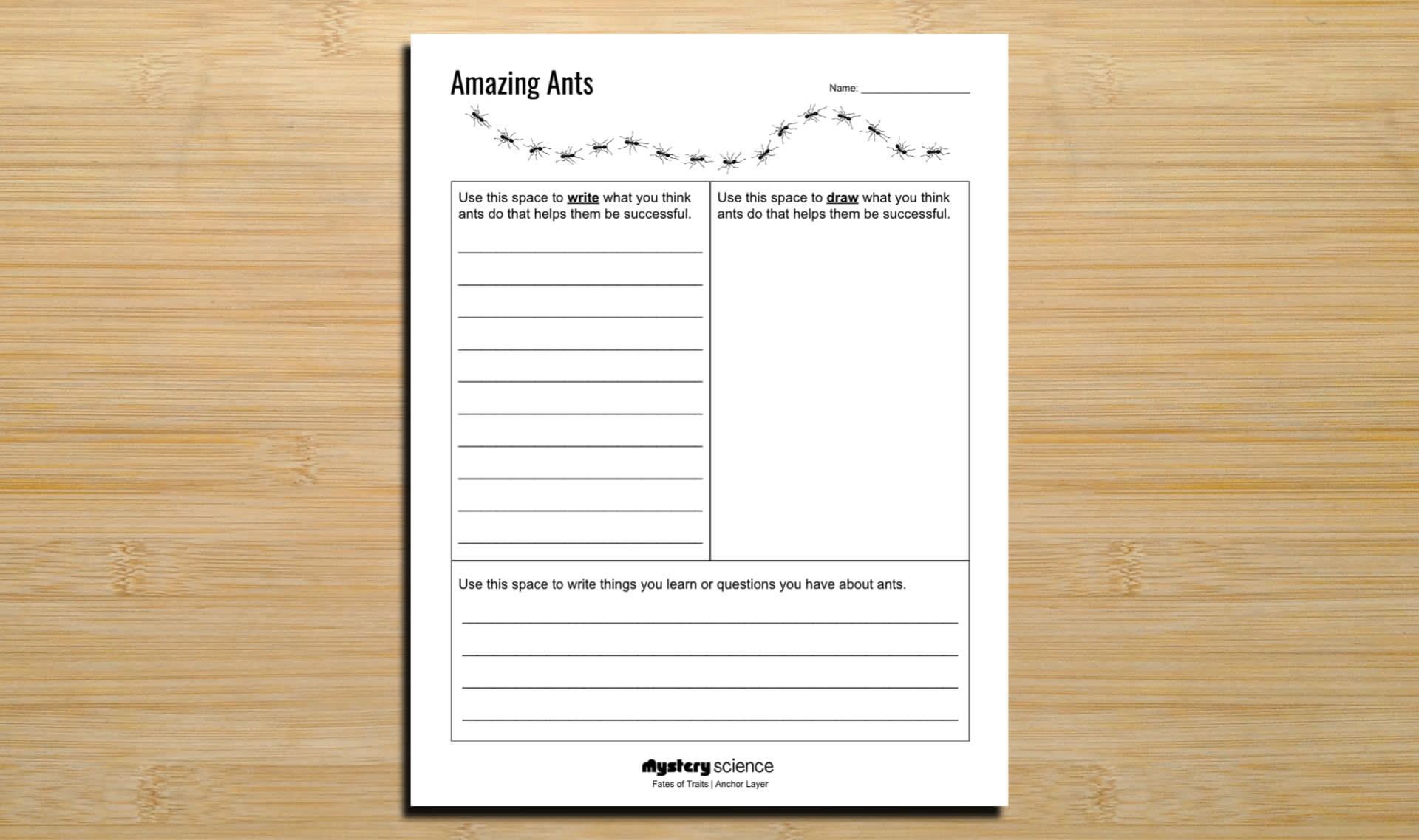
Step
03/03
03/03
Save your Amazing Ants worksheet. You will update it after the next
lesson in this unit.
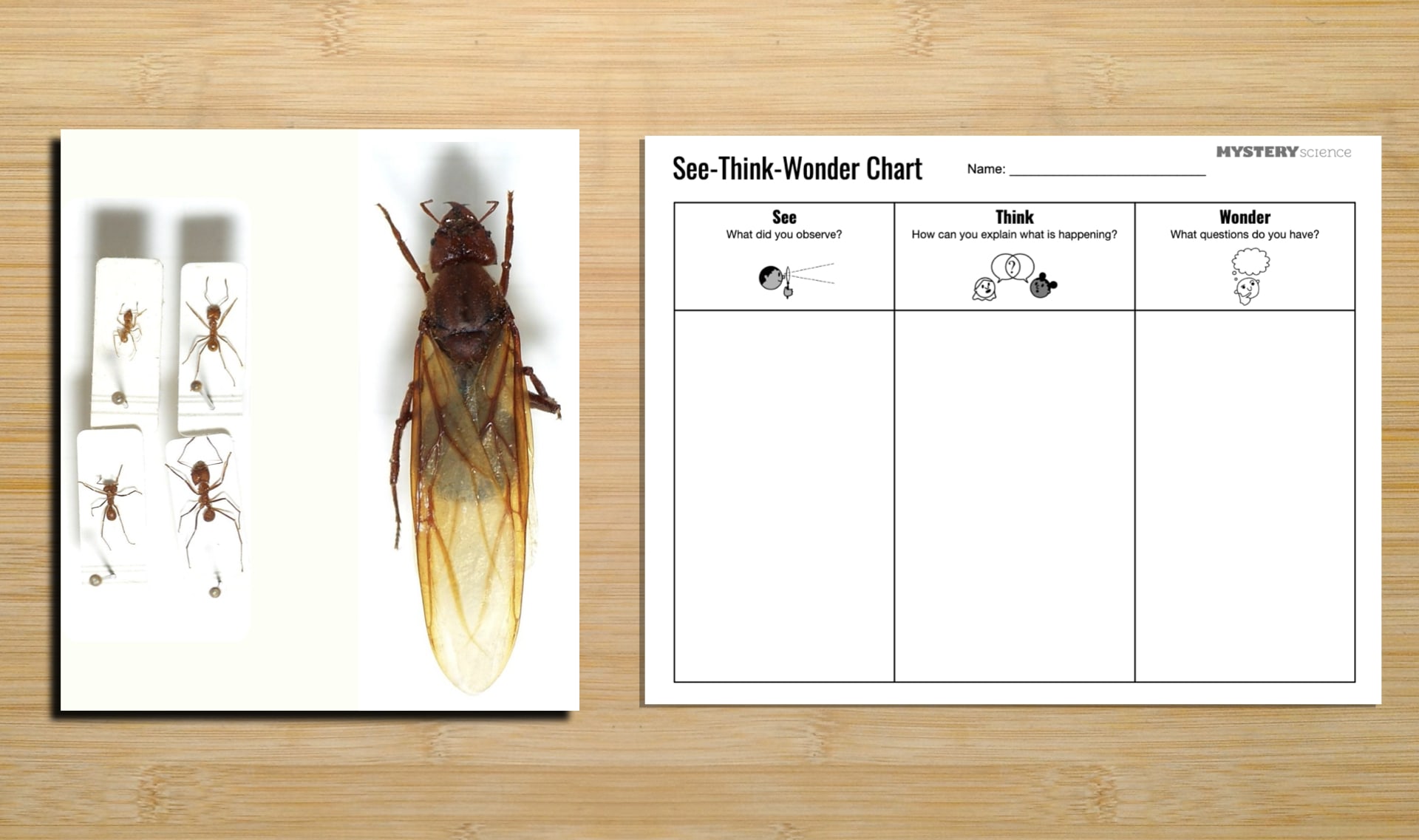
Look at the "Wonder" column of your class See-Think-Wonder chart. Have any
questions been answered by this lesson?


offspring
1 of 8
babies
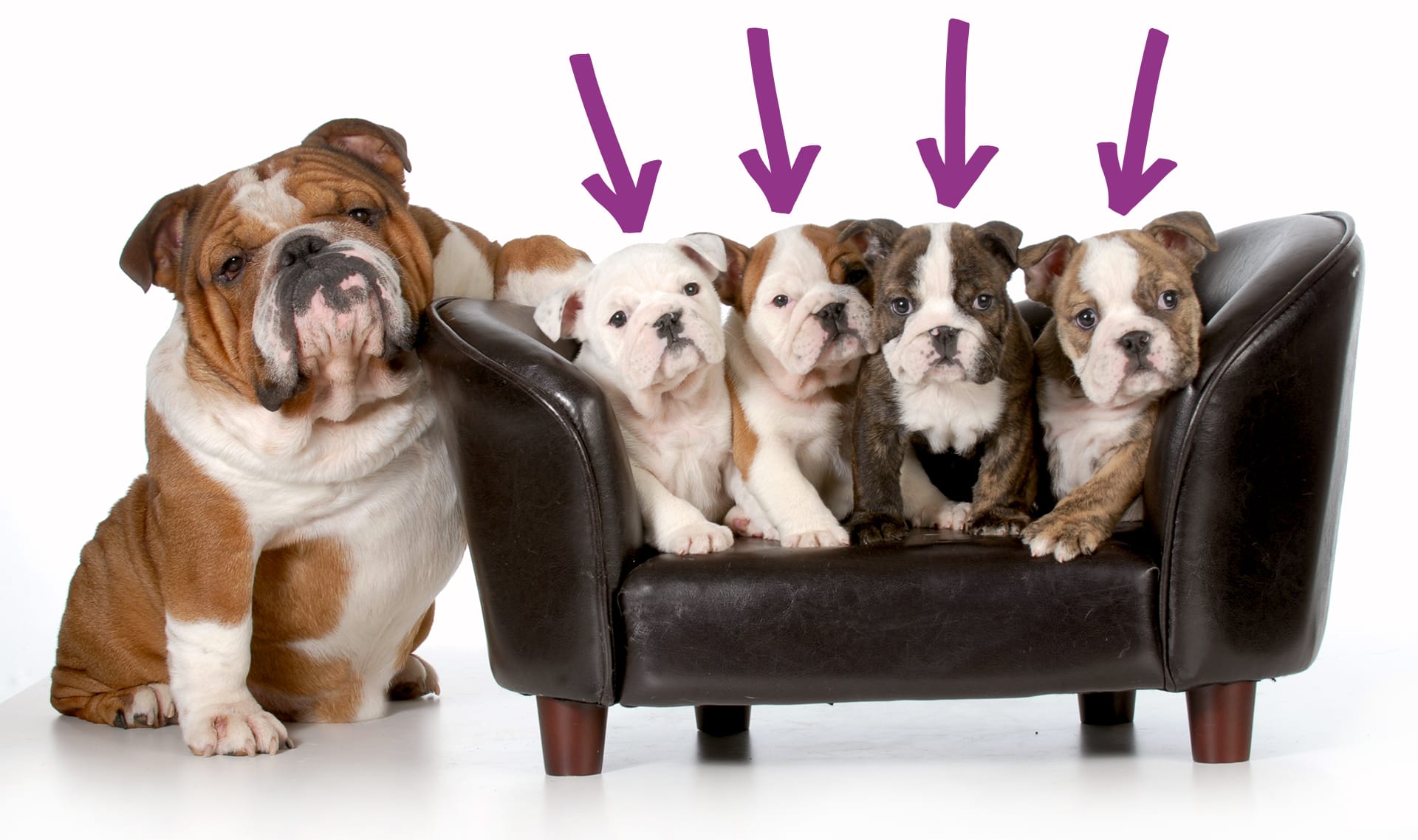
siblings
2 of 8
offspring that have the same parents
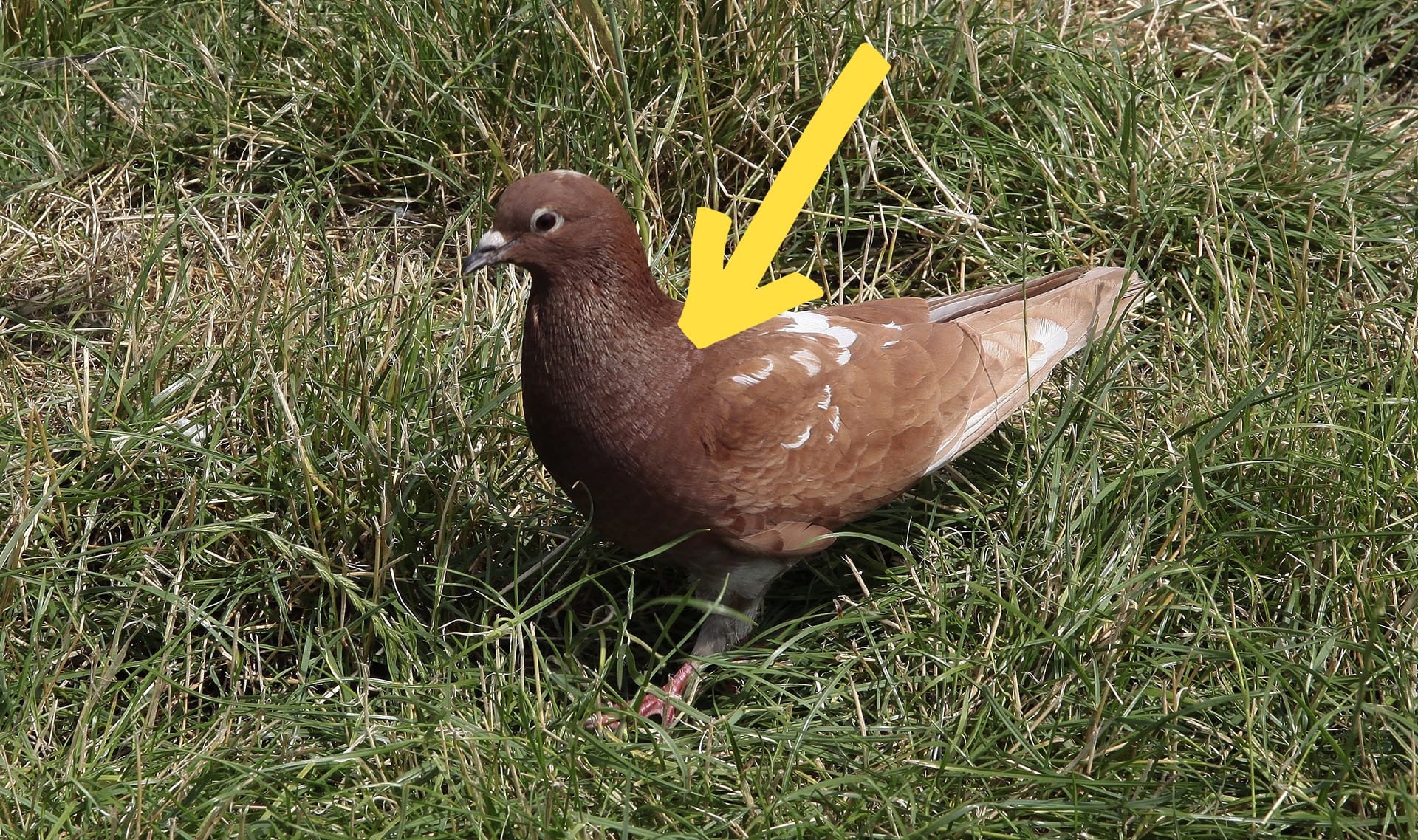
trait
3 of 8
something you can observe about a living thing, such as the color of a pigeon’s feathers
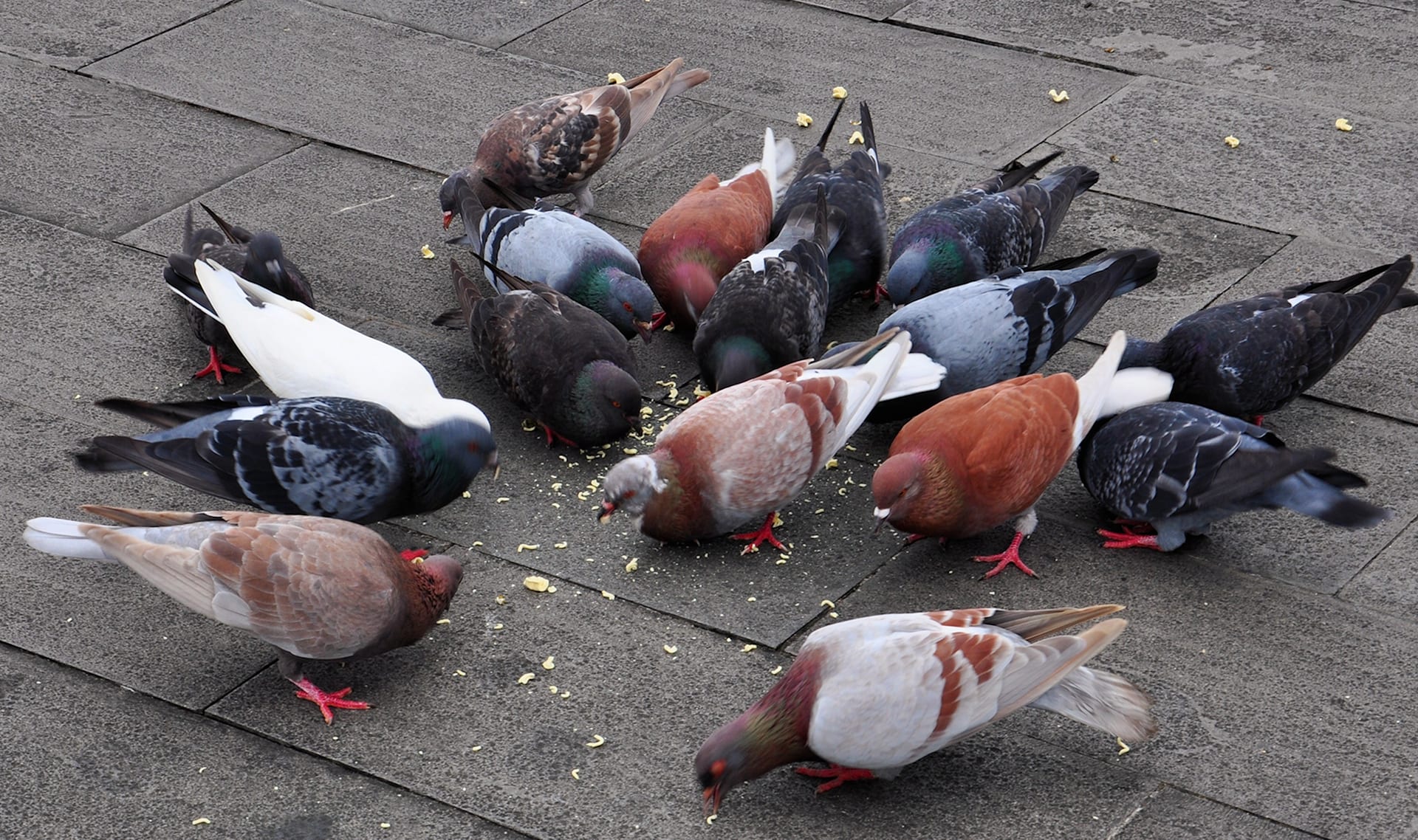
variation
4 of 8
differences in a trait between living things of the same kind, such as different feather colors of pigeons
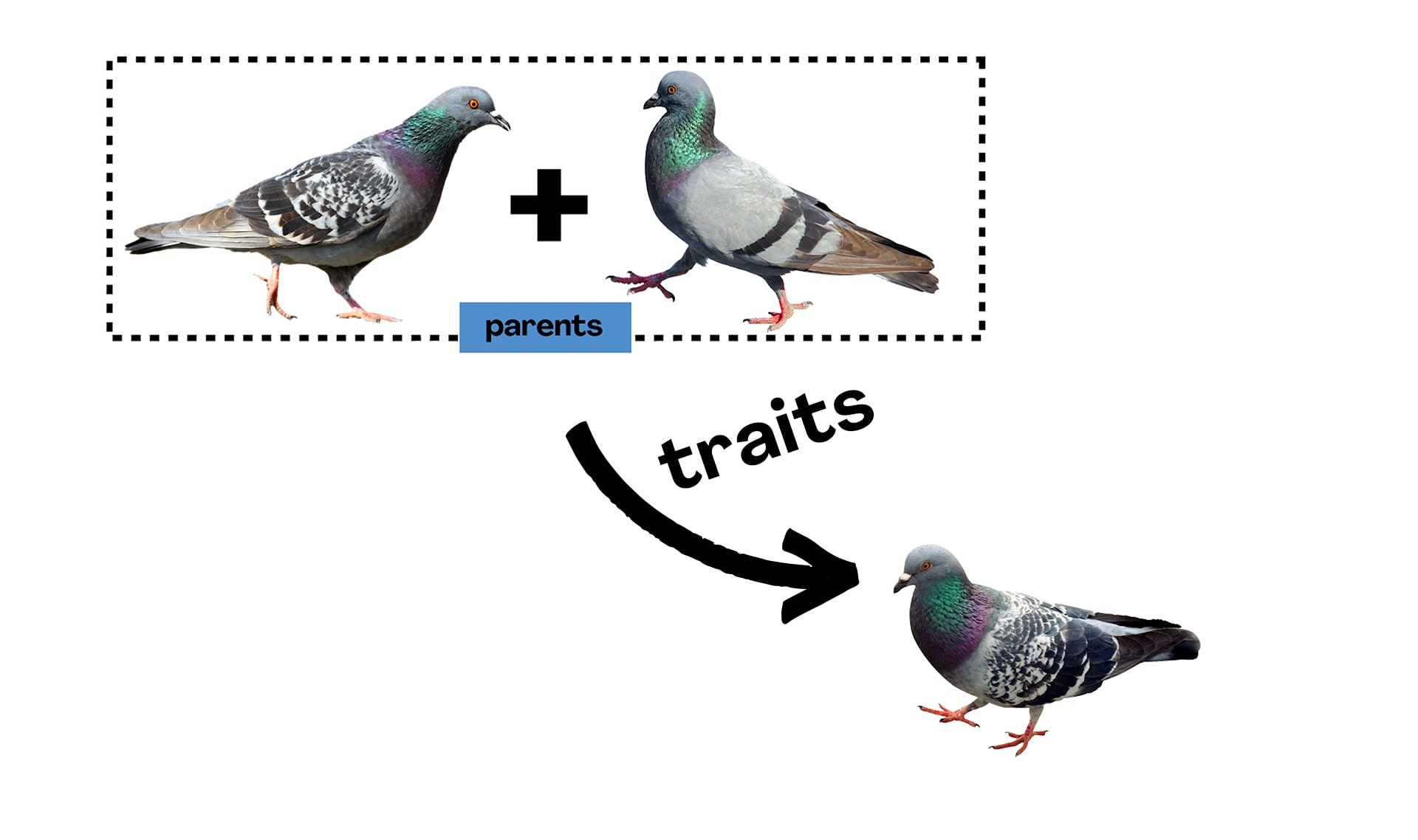
inherit
5 of 8
to get a trait from parents
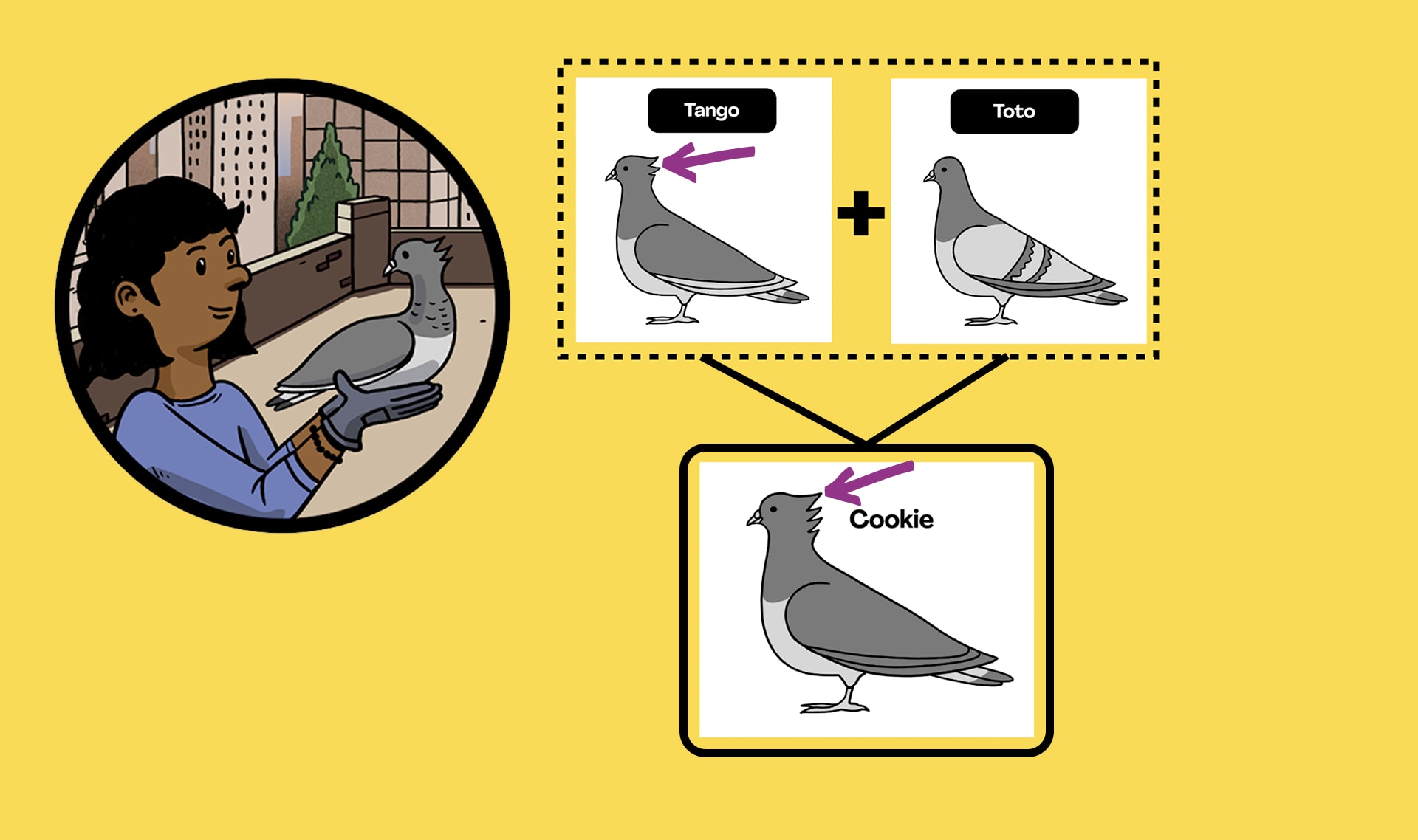
artificial selection
6 of 8
the process of humans choosing certain traits of living things so that they are passed to the offspring
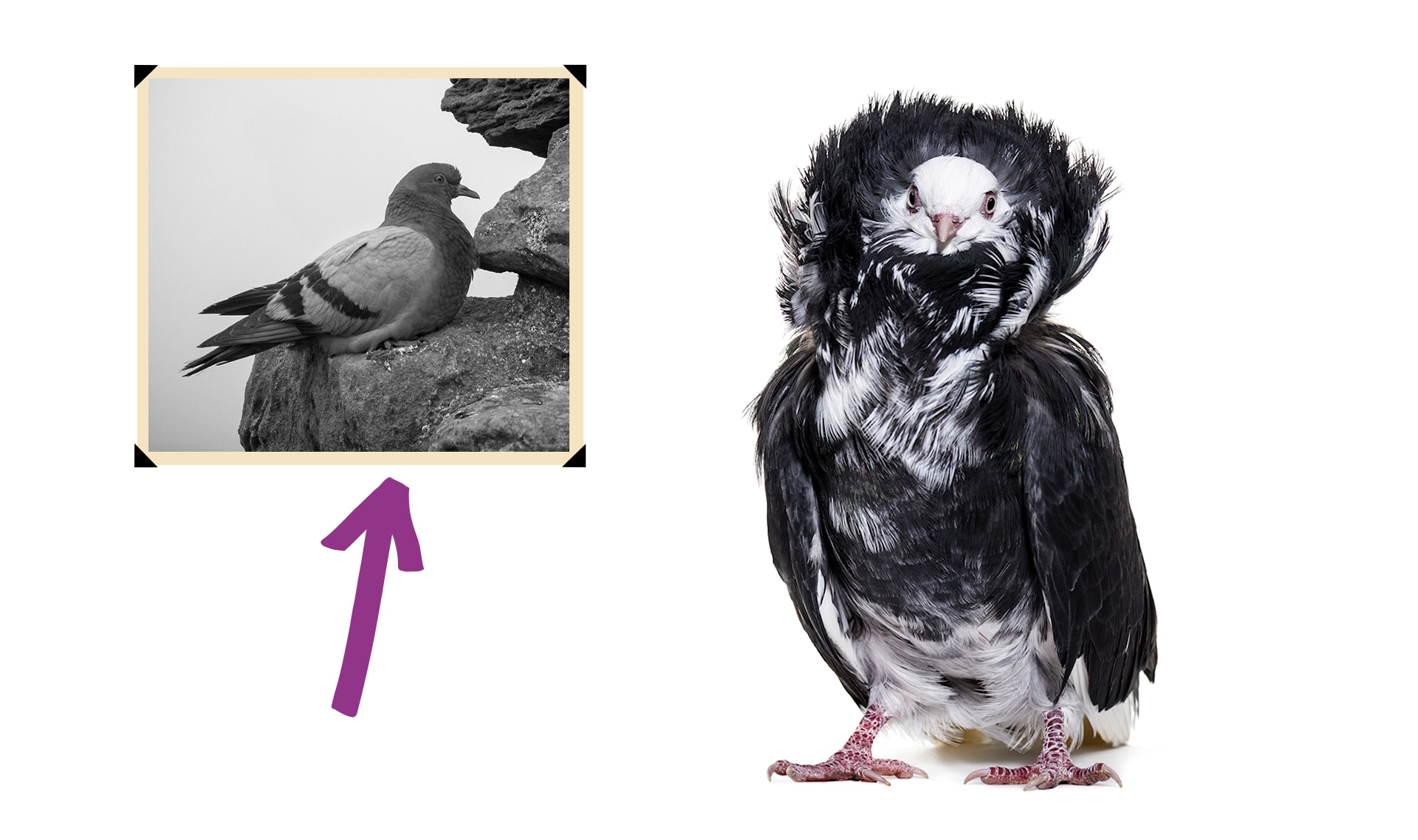
ancestor
7 of 8
a relative that lived long ago
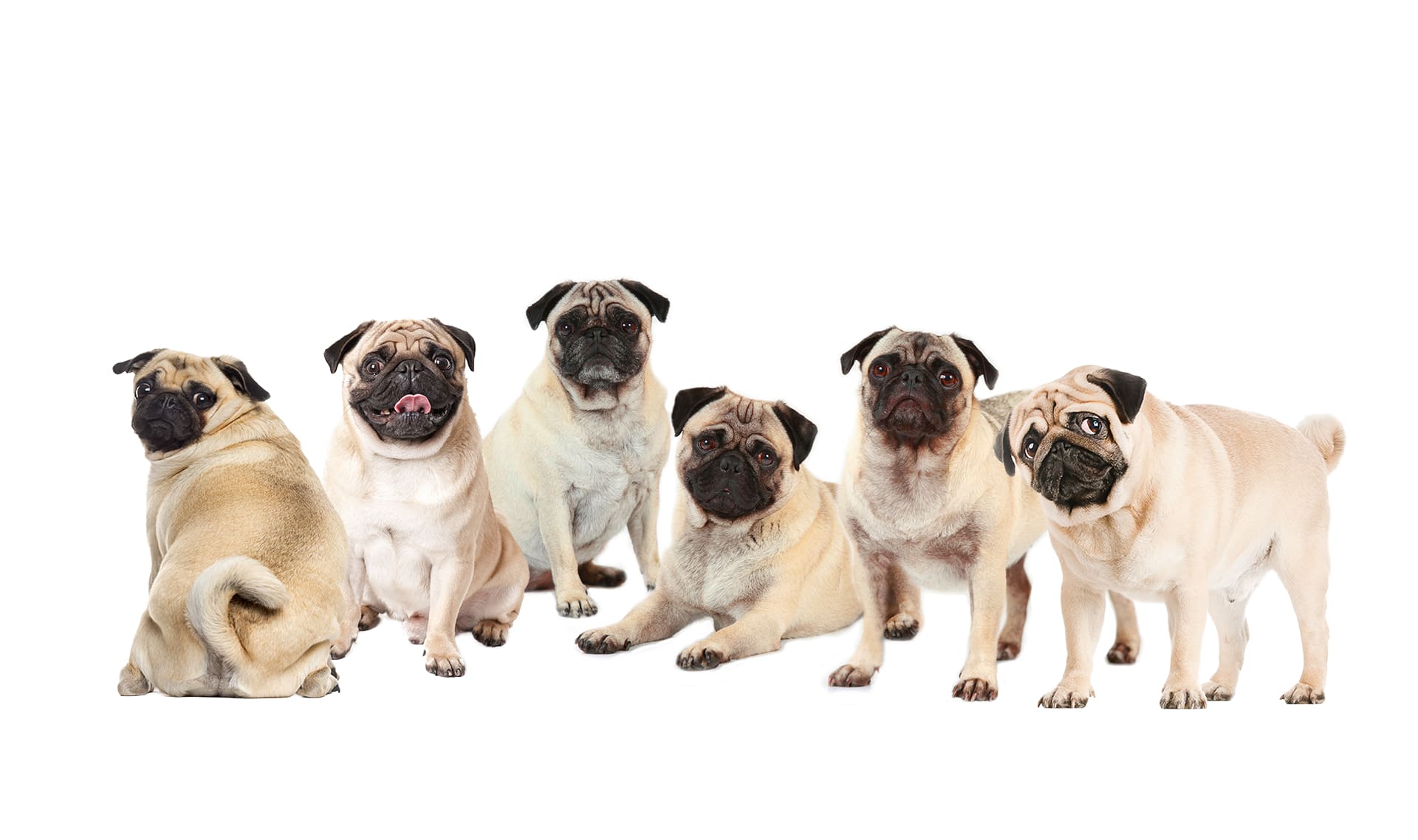
breed
8 of 8
a group of living things with specific traits that have been selected by people over time; for example, pugs are a breed of dog
🎉
That’s it for this lesson! How did it go?
Sign up now for more great lessons!
